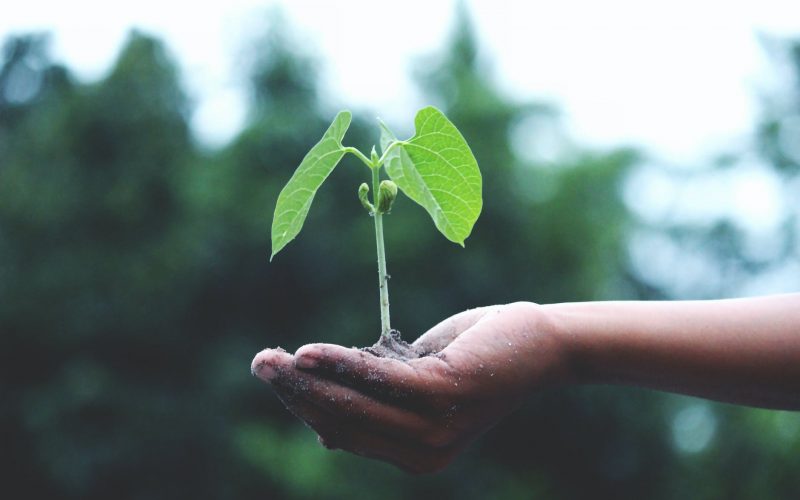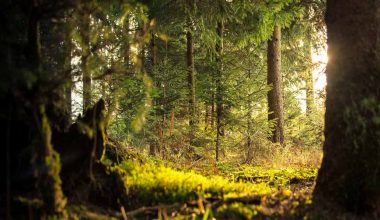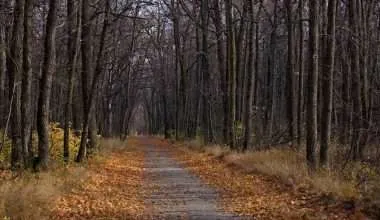Table of Contents Show
What is Afforestation?
Afforestation is the process of planting trees in areas devoid of any forest cover (no trees). Afforestation forests serve as an alternate source of forest products which previously came from clearing natural forests.
Afforestation shouldn’t be confused with the term “reforestation” which is the planting of plants in a region which has a gradual decrease in the number of trees.
Read more: Differences between Deforestation, Afforestation and Reforestation
Afforestation has been one of the hot topics concerning global warming. Global warming and climate have dominated the world due to its major implications our planet has starting to face.
Politicians, leaders, individuals, organizations and governments have campaigned heavily for ways to reduce the effects of climate change and global warming. Afforestation and Reforestation are two of the most brought up topics when it comes to solutions to global warming.
Afforestation is of high importance to ensure continued sustainability of our planet and here we will look at the importance, advantages, disadvantages and even major efforts of Afforestation
Importance of Afforestation
Afforestation helps to reduce the pressure on preexisting natural forests regarding the demand for forest products by being an alternative source of such products. Afforestation is mostly done on the basis of commercial benefits. However, it still helps to reduce deforestation of existing forests as they take time to grow naturally and due to the increased demand for products can’t properly replenish its stock.
Afforestation allows people to plant tree species more in demand so that they can be supplied to customers requiring it for various purposes. For example, the cottage industry greatly benefits from a constant reliable supply of forest products at relatively stable prices.
Afforestation allows the natural trees in forests to be conserved and be able to replenish their stocks more readily as it bares the demand for the products. When commercial users have alternative options to fulfill their supply, environmental protection agencies can conserve and protect the forests efficiently. This preservation of natural forests conserves the biodiversity present within these habitats and also helps to tackle climate change.
Afforestation helps to develop and restore long lost ecosystem areas. They also help to increase species biodiversity within those regions. Governments and organizations like Environmentbuddy are using afforestation to covert semi-arid or arid regions into productive regions which not only fights global warming and climate change but does it in a much more aesthetic manner!
Advantages of Afforestation
1. Constant supply of Forest Products
Planting trees in barren lands allows a constant supply of essential products from areas that weren’t ever productive. This results in reduced dependence on natural forests to constantly provide resources since Afforestation works just as much to fulfill the demand.

Afforestation has allowed people and local businesses to get a reliable alternative source of forest supply. Businesses adapting to afforestation are more stable and can have healthy sales throughout the year as compared to those relying on natural forests, which take their sweet time to bear fruit. Afforestation ensures a constant, sustainable supply of resources and protects the future.
2. Prevents Soil Erosion
Areas devoid of plants and trees become highly susceptible to soil erosion as there is no interconnecting network of roots to hold the topsoil layer of the land which is highly fertile. This leads to topsoil runoff, leading to soil erosion which is no less than land pollution.
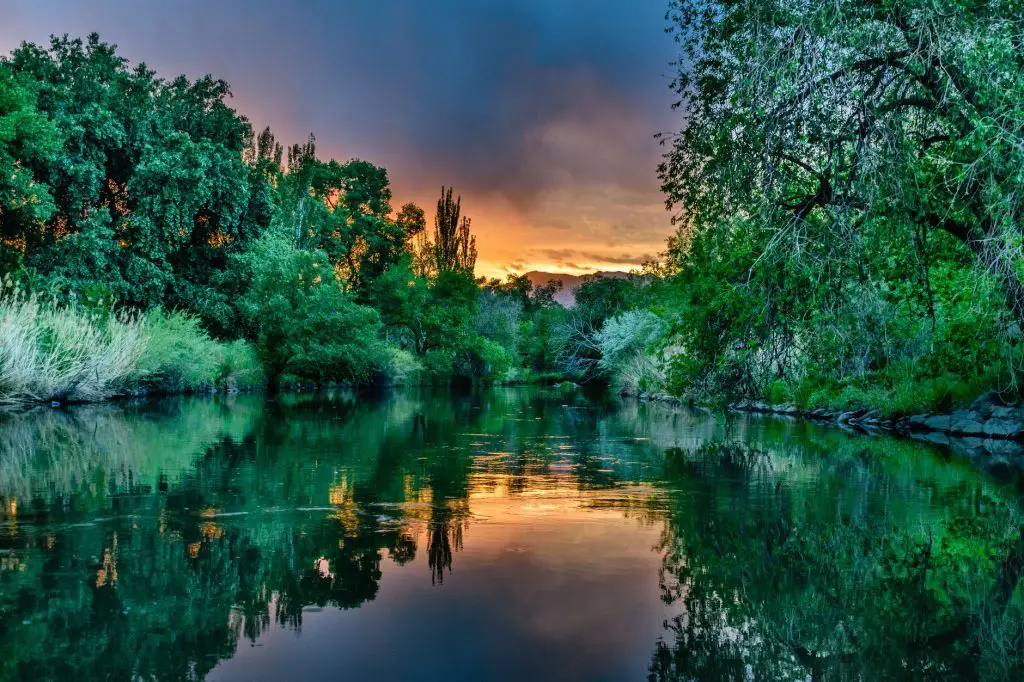
The land becomes infertile as it loses the topsoil layer, eventually becomes barren and unable to support any plantation in the future. Afforestation helps to tackle this issue. Planting trees to prevent soil erosion allows for the soil to be protected by the plants and trees as they form deep roots which hold the soil in place, preventing runoff and ultimately reducing soil erosion.
3. Reverses Climate Change and Global Warming
Afforestation helps to stabilize the climate of the region and helps in the transformation of arid and semi-arid regions into productive areas. The trees planted in afforestation help in reducing the greenhouse gas effect which helps prevent global warming.
Trees help in the reversal of the greenhouse effect by storing carbon dioxide and converting carbon into oxygen through the process of photosynthesis. This helps in creating a carbon sink in the form of forests which helps reduce global warming by eliminating carbon from the atmosphere leading to an overall reduction in climate change.
Read More:75+ ways to Fight Global Warming and Climate Change
4. Oxygen Production
Trees help to produce oxygen through the process of photosynthesis. This leads to the production of better, oxygenated fresh air which is easy to breathe in. A breath of fresh, unpolluted air is very important in today’s time especially for people at risk of respiratory diseases like the Coronavirus.
The oxygen production by trees planted thorough afforestation is absolutely necessary to tackle more and more carbon dioxide being produced from various processes like the burning of fossil fuels.
5. Tackling Air Pollution
Various other toxic air pollutants are released as by-products from industrial processes, which make the surrounding air more toxic and difficult to breathe in. Such environmental issues of air pollution are tackled by afforestation as the trees help in reducing greenhouse gas emissions.

6. Improving watersheds and water tables
Afforestation helps to improve watersheds in arid and semi-arid regions. The water absorbed from the soil evaporates into the atmosphere through a process known as transpiration. That water then goes up into the clouds in the atmosphere leading to torrential rainfall in the surrounding region. The underground water table also becomes more stable as rainwater comes back into the soil.
7. Reduced Biodiversity, Wildlife Preservation
Clearing forests also leads to a reduction in the biodiversity of wildlife in these regions. Animals are lead to endangerment they don’t have habitats available for them to live. As they migrate for food and habitat search, human interaction increases and further endangerment and extinction occurs.
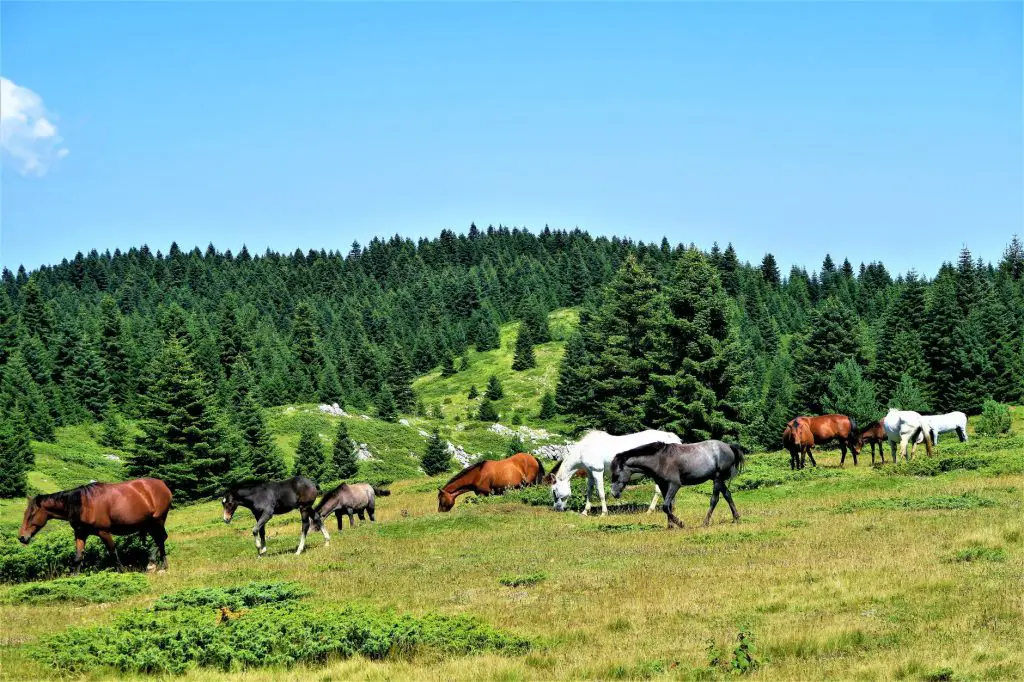
Afforestation helps to ensure that wildlife remains preserved in the region and prevents relocation of animals. Therefore for these reasons, afforestation helps to preserve wildlife and preventing them from becoming endangered and extinct.
8. Increased Jobs
Timber is a valuable resource as the timber industry benefits a lot from afforestation. Timber is an essential building material but before its final use it requires detailed processing. This process involves multiple stages which need skilled workers, thereby, increasing demand of workers leading to increase in employment.

A huge amount of labor is requiring fulfilling the task in the required time so that the product may be successfully delivered to the customers. This helps to create job opportunities for people of low socioeconomic status and helps them to get jobs so that they can provide a better living for their family.
Few Disadvantages of Afforestation
9. Loss of Land for Urban Development
Afforestation does come with the heavy cost of lost opportunities as the land surrounding forests is converted into forests once again. See, one of the major reasons to clear forests is agriculture which can no longer be practiced to fulfill the rising food demand.
Afforested lands also use up the opportunity of developing residential projects for people to live there. This makes it difficult for carrying out urban development as governments are sometimes forced to halt afforestation projects to make space for homes. Careful infrastructure planning must be done with urban development experts to find a way of balancing both; urban development and afforestation.
10. Loss of Biodiversity
Usually afforestation projects are not able to achieve high biodiversity levels like in natural forests. It is not necessary that afforestation projects will only lead to a sustained increase in biodiversity. Due to poor management, afforestation projects may end up doing the exact opposite decrease biodiversity in the ecosystem.
11. Habitat Loss and Destruction
Grasslands now converted into forests may not harbor the same habitats for native species. Improperly managed afforestation can lead to monoculture practices that lack plant diversity and reduce the number of habitats available to species.
This can actually lead to results similar to deforestation. The native species will migrate in search of new habitats and may come in contact with humans who may hunt them, both voluntarily and involuntarily. The species may then end up being endangered and even extinct.
12. Eco-Tourism and Afforestation
Afforestation may become a potential problem if it is built for the purpose of ecotourism. Ecotourism brings various problems and challenges, such as littering and harm to wildlife. It then becomes important to constantly clean these forests so that land pollution doesn’t occur in the forests. The harm to wildlife is the big no-no organizations should be on the constant lookout for.
Any person entering the afforested region should be counseled on how to behave inside the afforestation parks. Regulations must be passed out by organizations concerned with protection and management of these forests so that the wildlife can be protected and be far away and isolated from the tourists coming to visit these forests.
While it is true that afforestation is highly beneficial for the environment, it does carry a few drawbacks which could potentially be disastrous. Therefore, it is essential to look holistically when planning to carry out afforestation and strict management should be observed to ensure a sustainable future for these new forests.
Examples of Efforts to Afforestation!
As of now, many landowners in the central hardwood forest region of America are converting marginal land of their farms into forests using Permaculture principles.
These efforts have been implemented to reduce excessive burden on existing hardwood species of native forests including Black cherry, black walnut and northern red oak trees.
South Africa has a natural forest cover of 0.5%, whereas, the commercial afforestation projects have achieved a total forest cover of 1.1%.
Afforestation tree species in South Africa include gum trees, black wattle, pine trees among others. These species have assisted in fulfilling the demand of wood for use in charcoal, mining timber, paper pulp and various other commercial applications.
Fortunately, Afforestation projects in South Africa have been successful enough to export and supply about 2 million wood and wood products worldwide.
China has set aside a budget close to 300 Billion US dollars for afforestation projects planned across the nation.
Conclusion
Afforestation is a major solution to tackle the loss of natural forests caused by heavy deforestation over the past few years. If it is practiced properly at thought out conservation sites, these projects could be extremely viable and could provide for major commercial needs of people from forests.
